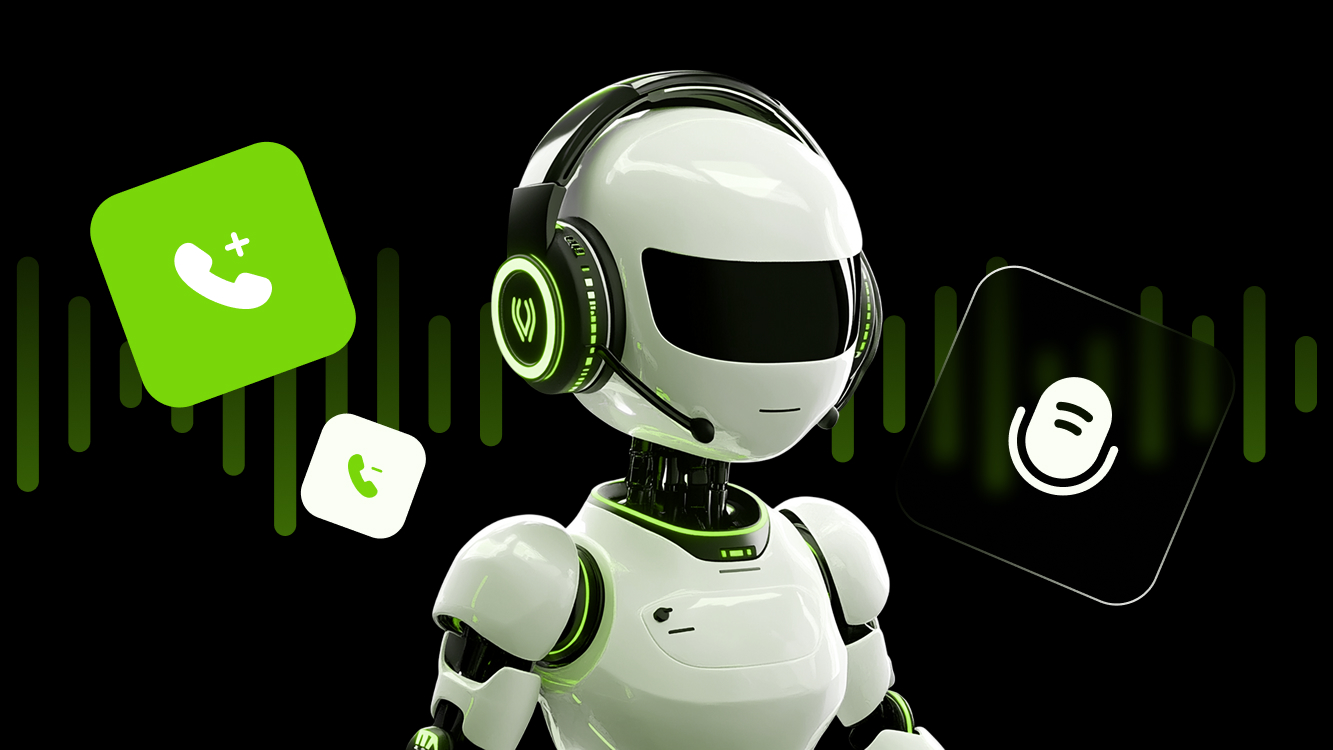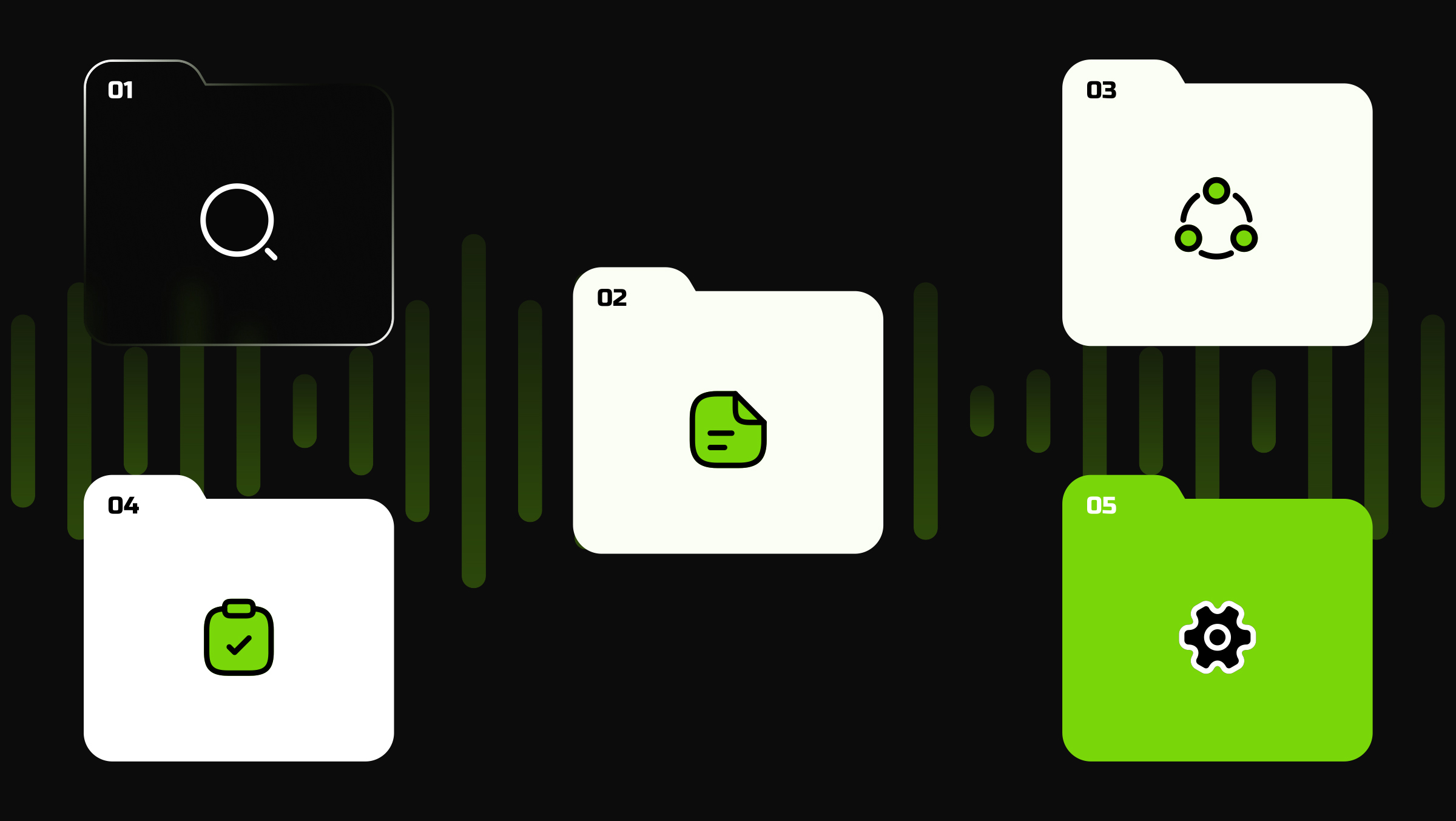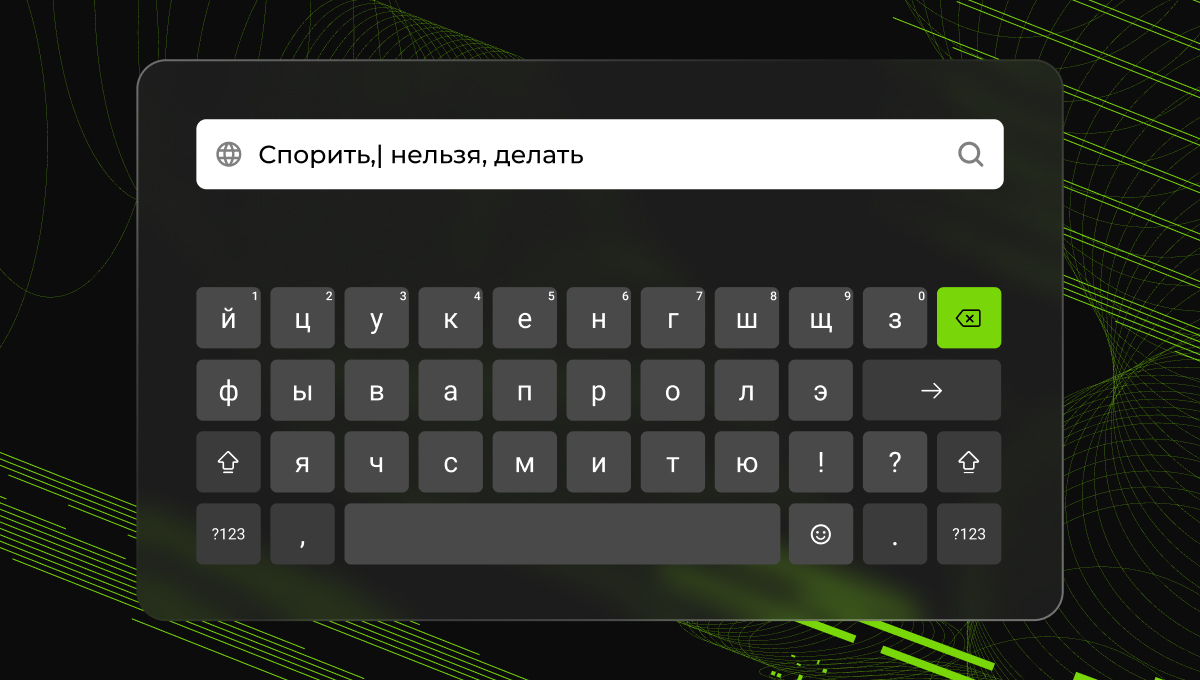Artificial Intelligence or Artificial Intelligence has long ceased to be a concept from the distant past and a fantasy from futuristic films. Today, AI helps automate business processes, save resources, and improve service quality.
One of the most striking examples of its use is a voice bot, or AI assistant, capable of replacing call center operators.
A voice bot is a system based on artificial intelligence and natural Language Processing (NLP) technologies. He can communicate with people on the phone on his own, answer questions, follow established scenarios, receive and distribute incoming calls and forward calls. The voice assistant works around the clock, without getting tired or making mistakes, unlike live operators.
Where voice bots are used: spheres and real cases
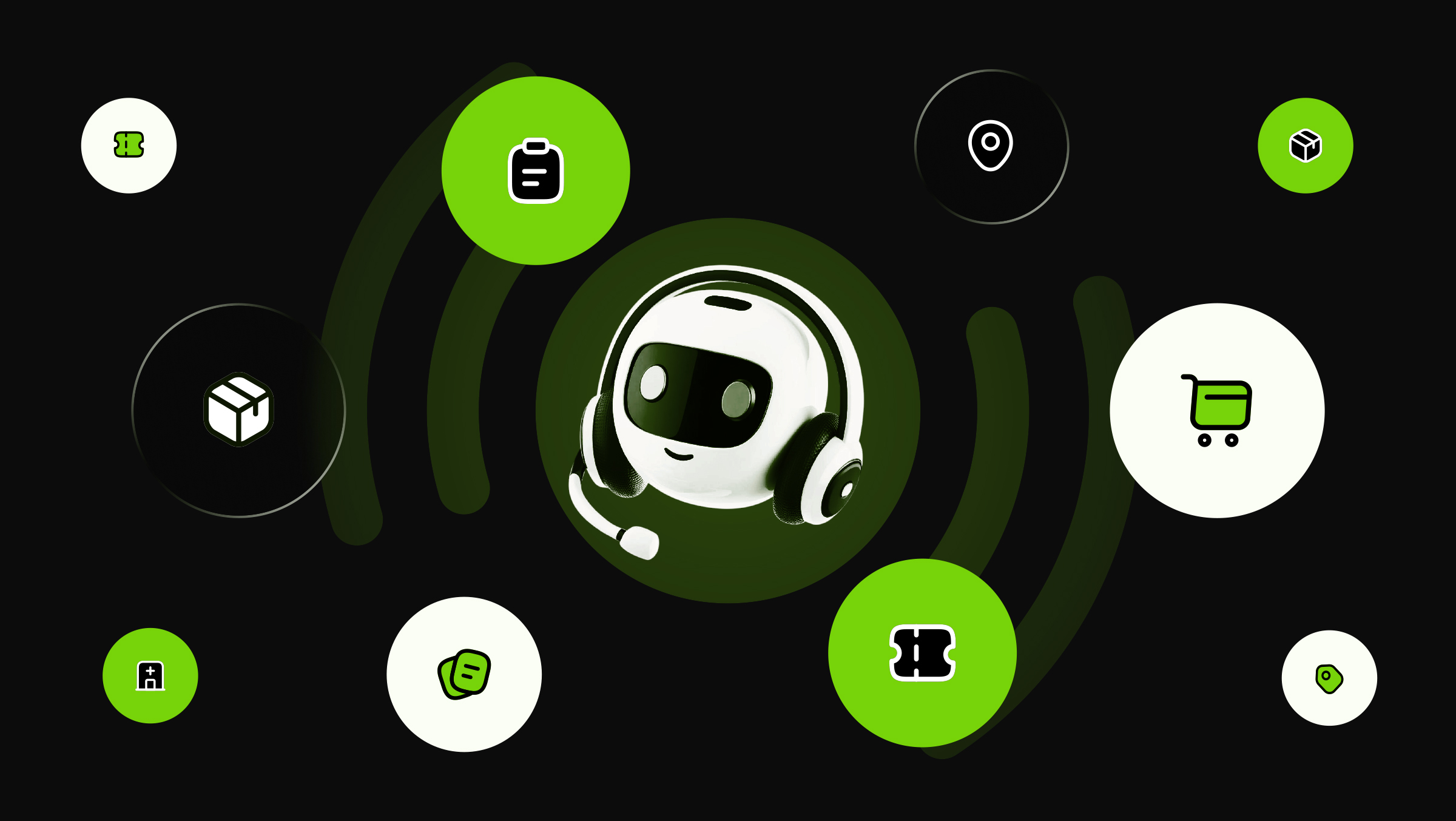
At the moment, voice AI assistants are being actively implemented in various industries - trade, finance, medicine, HR, and others. Bots take on point-to-point functions: reminders, verification, pre-sales, phone calls, and integration with companies' internal systems.
Let's look at examples of using voice AI assistants in Russia.
Retail and e-commerce
Voice bots of online stores and retail chains confirm orders, coordinate deliveries, call the owners of "abandoned baskets" and remind them of discounts. Bots are often connected to collecting feedback, including using the NPS (Net Promoter Score) method. During it, the AI assistant asks people simple questions like: "Are you ready to recommend us to your friends?" All this reduces the burden on operators, speeds up the processing of requests, helps to conduct a sociological analysis and return customers.
For example, the Yumwend vending equipment company has implemented the Robovoice bot for automatic processing of incoming calls. The AI assistant himself clarifies the reason for the request and the client's city, forms an application in the system and sends it to the right specialist. After the consultation is completed, he additionally conducts an NPS survey to assess the quality of service.
Thanks to this technical update, the process of solving customer problems has accelerated, and the cost of the first line of support has decreased by 30%. And X5 Group— one of the largest retail chains in Russia, uses a voice bot from TWIN. It contains NPS surveys of customers after visits to stores.
The AI assistant costs X5 twice as much as the operators. At the same time, it provides prompt collection and analysis of feedback on each outlet and allows you to quickly respond to emerging issues.
The financial sector
Banks, microfinance organizations, and insurance companies use voice assistants to receive requests, inform customers, process standard requests, and remind them about payments. This makes it possible to make the service available 24/7 and to stabilize the work of the contact centers.
According to a Naumen study, by the end of 2024, 24% of Russian banks used voice assistants on incoming lines. Alfa-Bank was one of the first in the country to introduce a voice AI assistant for working with corporate clients. The company's bot recognizes speech, provides information about products and services, and helps solve common issues. It processes about 15,000 calls per day and supports dialogues on several dozen topics. This reduces the waiting time for customers to respond to an absolute minimum.
Medicine
Clinics and laboratories are turning to voice bots to automate appointment appointments, confirm visits, and collect feedback. The load on call centers is reduced, the quality of service is improved and the number of refusals from visits is reduced.
The Hemotest network of medical laboratories has implemented the Robovoice voice assistant, which instantly answers calls, identifies the patient by order number, full name and date of birth, and then provides up-to-date information about the readiness of tests. In addition, the bot independently calls patients to confirm the departure of a medical specialist at home, reminds them of the visit, and announces the time, address, and cost. If the client's plans suddenly change, the AI assistant clarifies the reason for the cancellation so that operators can suggest alternative options.
As a result, more than 35% of Hemotest patients fully go through the bot communication scenario without the participation of operators, and the labor costs of the contact center decreased by 40%.
Recruiting and HR
Within companies, voice bots are used in recruitment, training, onboarding, surveys, and even accompanying layoffs.
Voice AI assistants can independently call candidates, ask basic questions, record experience and salary expectations. If necessary, they forward the conversation to the HR department. After hiring, the AI assistant accompanies the new employee during the period of employment and adaptation. He reminds us about the introductory training, tells us where to upload the documents, and tells us where to get the certificates.
This is no longer just a replacement for a recruiter at the "invite for an interview" stage, but a full-fledged internal service automation tool for employees.
The Perekrestok retail chain has digitized the recruitment process using V-SSC technology from Skillaz. Now the voice bot makes an initial call to candidates and leads them to the rest of the hiring process. If the applicant does not answer the phone, information about the need to make a second call appears in the database. And the numbers of those who actively express themselves in conversation with the robot are transmitted to real employees.
Since the system update, the recruitment rate of retail chain employees has increased by 25%, and staffing levels have increased by 4%.
Strengths and limitations of voice AI assistants
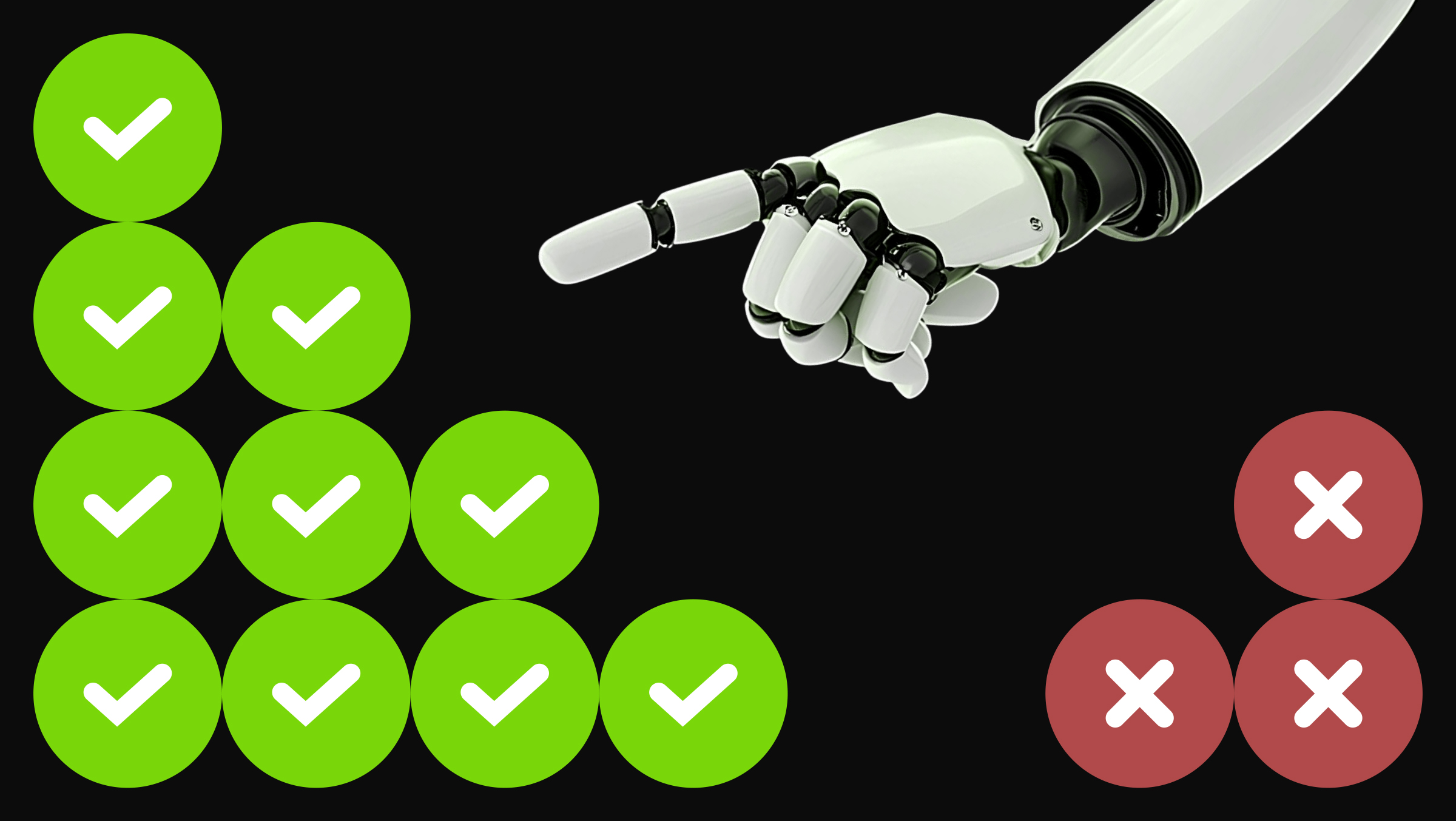
Like any technology, voice bots have their advantages and disadvantages. They are responsible for the client's first contact with the company: they accept a call, conduct a dialogue and process objections. The overall impression of the organization directly depends on the quality of their work.
On the one hand, the use of AI assistants makes it possible to dramatically reduce the workload on employees, speed up the analysis and recording of requests, and organize a wide communication channel. On the other hand, misunderstandings and scenario limitations of bots create the need for regular adjustments and constant modernization.
Advantages
Work 24/7
The bot does not leave for lunch, does not take a vacation or sick leave. It is available around the clock and seven days a week, which is especially important for technical support services.
Wide coverage
An AI assistant can simultaneously process dozens and hundreds of calls, thereby eliminating the need for an organization to hire additional employees.
Budget savings
After the introduction of artificial intelligence, the cost of the first line of support is reduced due to the reduction in the number of staff.
Integration with internal systems
The AI assistant can automatically generate requests, record requests, check CRM data, and run scripts right during a conversation with a client.
Reducing the influence of the human factor
The bot does not forget to ask the right question, does not confuse customers, does not lose information and does not allow itself emotional breakdowns. It operates strictly according to scripts.
Real-time analytics
Voice assistants record all conversations, collect ratings, and make it possible to upload statistics at any time.
Disadvantages
Limitations in non-standard situations
If the clients go beyond the scripts, then the script bot does not cope with the tasks set and does not provide satisfactory answers.
The need for high-quality customization
For a voice AI assistant to really work, it needs to be properly trained: think through logic, write down phrases, and test reactions. This requires a lot of time and processing of an impressive amount of information.
Lack of consciousness
Some clients prefer live communication. If the bot doesn't respond appropriately or sounds unnatural, it can irritate some users and reset calls.
How is the development and implementation of the voice AI assistant going?
In order for a voice bot to really help a business, rather than create problems, it is often not enough to use ready-made solutions that are available on the market. An effective AI assistant is the result of complex work.
It is important not only to choose the right tool, but also to properly integrate it into the ecosystem of processes. This requires an interdisciplinary team: from a project manager and analyst to NLP and integration specialists.
1. Setting the task
First the team determines which problem the AI assistant should solve. This can include reducing the burden on operators, automating surveys, speeding up order processing, and reducing failures. A clearly formulated goal allows you to identify the specifics of the target audience and collect typical communication scenarios.
2. Scenario development
At this stage, the skeleton of the dialog is compiled. Phrases, reactions, ambiguous interpretations, and moments for translating a call to a real specialist are recorded. The more detailed everything is, the more natural the communication becomes.
3. Choice of platform and technology
The team needs to determine which platform the bot will run on, taking into account the language, budget, and scalability. There are ready—made solutions - Just AI, Robovoice, TWIN. It is also possible to use our own developments based on Open Source tools.
4. Integration with the company's systems
In order for the AI assistant to really help, it is connected to CRM, ERP and the application database. For example, the voice assistant can create HelpDesk requests, check the schedule, or record NPS scores in real time.
5. Testing
Before launching, the voice AI assistant is tested - first manually, then in combat conditions on a limited audience. It checks how he recognizes speech, copes with the definition of intonation and communication outages.
6. Training and adjustment
After the launch, the bot continues to learn and replenish its knowledge base. He analyzes the dialogues, identifies failures and inaccuracies, updates the wording and adds scenarios. Real people set up analytics, monitor the quality of conversations, and work on improvements.But it should be understood that an AI assistant requires a clear set of tasks, careful study, long pre-configuration and support after launch. Only in this case, the technology will not just speak, but function for the benefit of the organization.
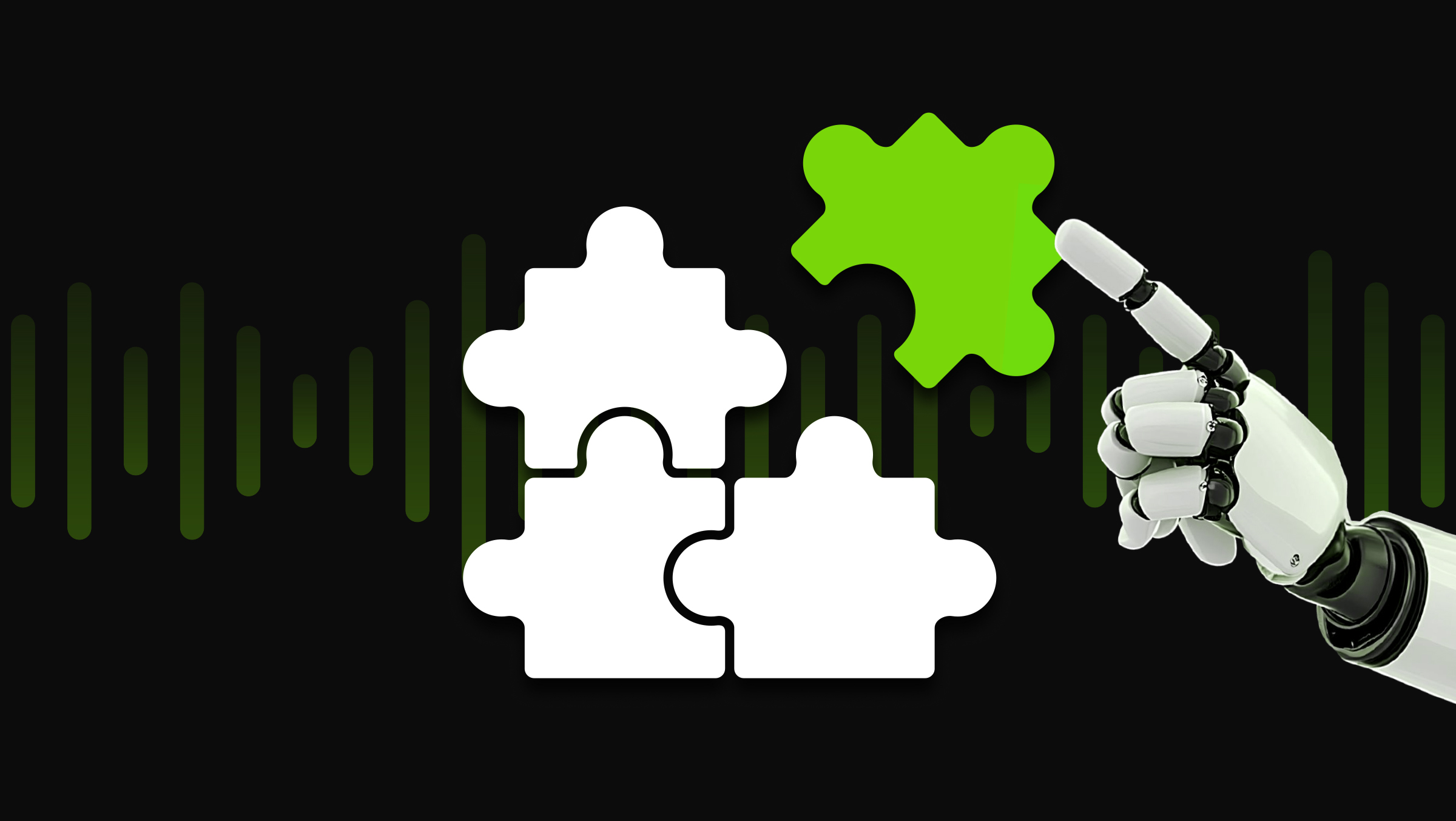
Voice bots have become a full-fledged and developed tool that brings great benefits to businesses, measured in numbers. Companies that have already gone through the implementation process are noticing a tangible effect: the workload on employees is decreasing, and customer loyalty is growing.
But it should be understood that an AI assistant requires a clear set of tasks, careful study, long pre-configuration and support after launch. Only in this case, the technology will not just speak, but function for the benefit of the organization.

